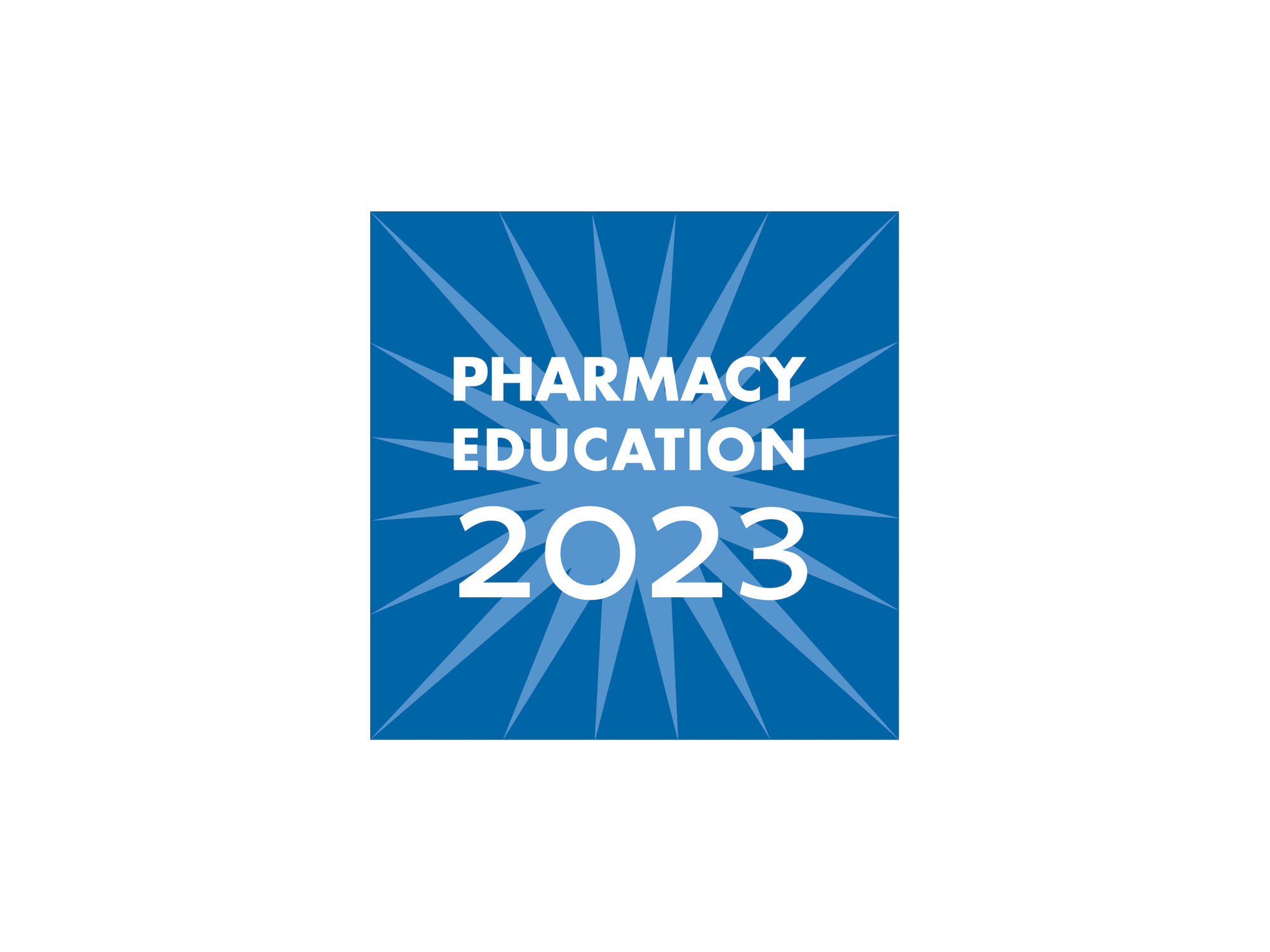The evaluation criteria are listed below for three session types. Please refer to the Call for Proposals for Special Sessions, Mini-Sessions, and Micro-Sessions for submission guidelines and instructions. To ensure that proposals are rated fairly, each proposal will be reviewed by three program committee members. The names of the submitters and presenters will be hidden during the review process.
Criterion 1
The program description is well-written and describes the program clearly (4 points)
- The program description describes the proposal succinctly and is very well written. (4)
- The program description describes the proposal adequately, but has minor need for improvement in either detail or syntax. (3)
- The program description cursorily indicates what the session might entail but omits 1 or more pieces of critical material and/or requires significant editing. (2)
- The program description is not well written and/or does not clearly describe the proposal. Omits 2 or more pieces of critical material and requires extensive developmental editing. (1)
Criterion 2
The program incorporates current methods of learning (personalized, learner-centered, active learning, etc.) (4 points)
- The program includes sound learning methodologies. (4)
- The program reflects a fair attempt to include learning methodologies. (3)
- The program poorly attempts to include learning methodologies. (2)
- The program does not include learning methods. (1)
Criterion 3
The submission provides up to and no more than three relevant learning objectives (4 points)
- The program includes up to three learning objectives related to the program description. (4)
- The submission contains more than three learning objectives and they relate to the program description. (3)
- The program includes up to three learning objectives but they relate poorly to the program description. (2)
- The program includes up to three learning objectives but they do not relate to the description. (1)
Criterion 4
The proposed learning objectives provide a good description of what participants will be able to do as a result of attending the session (4 points)
- The learning objectives clearly describe what participants will be able to do as a result of attending the session. (4)
- The learning objectives partially describe what participants will be able to do as a result of attending the session. (3)
- The learning objectives do not clearly describe what participants will be able to do as a result of attending the session. (2)
- The learning objectives do not describe what participants will be able to do as a result of attending the session. (1)
Criterion 5
The proposed learning objectives are measurable (4 points)
- The learning objectives for the proposal are clearly measurable. (4)
- The learning objectives for the proposal are partially measurable. (3)
- The learning objectives are not clearly measurable. (2)
- The learning objectives for the proposal are not measurable. (1)
Criterion 6
The proposal is a collaborative effort (4 points)
- The proposal includes collaboration between faculty from three institutions or from three disciplines AND demonstrates a seamless approach to the program design. (4)
- The proposal includes collaboration between faculty from three institutions or from three disciplines BUT does not demonstrate a seamless approach to program design. (3)
- The proposal includes collaboration between two faculty from the same institution or the same discipline. (2)
- The proposal has either a single presenter or the number of speakers proposed is unsuitable for the program design. (1)
Criterion 7
The proposed topic is relevant to pharmacy education and/or the goals of AACP and its members (4 points)
- The proposal presents issues of immediate relevance and importance to pharmacy education and/or the goals/ initiatives of AACP and its members. It is solidly based on best or recommended practice in pharmacy education. (4)
- The proposal presents issues of immediate relevance and importance to pharmacy education and/or the goals/initiatives of AACP and its members. (3)
- The proposal is relevant, but the focus is on issues tangential to the field of pharmacy education. (2)
- The proposal focuses on low priority materials or practice. (1)
Criterion 8
The proposed topic advances pharmacy education (4 points)
- The proposal presents information which advances pharmacy education and includes at least 2 relevant sources to support the current need for the activity. (4)
- The proposal presents information which advances pharmacy education but does not include at least two relevant sources to support the current need for the activity. (3)
- The proposal presents information which weakly advances pharmacy education. (2)
- The proposal does not advance pharmacy education. (1)
Criterion 9
Scholarly Rigor: The program was conceptualized on a sound theory, model or research method (4 points)
- The program was conceptualized on a sound theory, model, or research method which is clearly connected to the program goals. (4)
- The program was adequately conceptualized on a sound scholarly theory, model, or research method and connection to the program goals is somewhat apparent. (3)
- The program mentions a scholarly theory, model, or research method, but is weakly incorporated into the program. (2)
- The program fails to incorporate a sound theory, model, or research method. (1)

